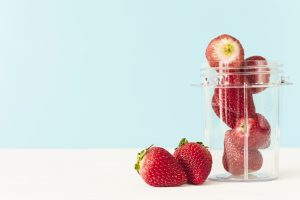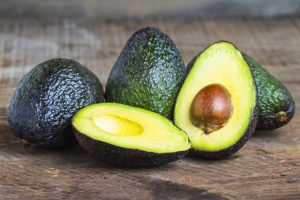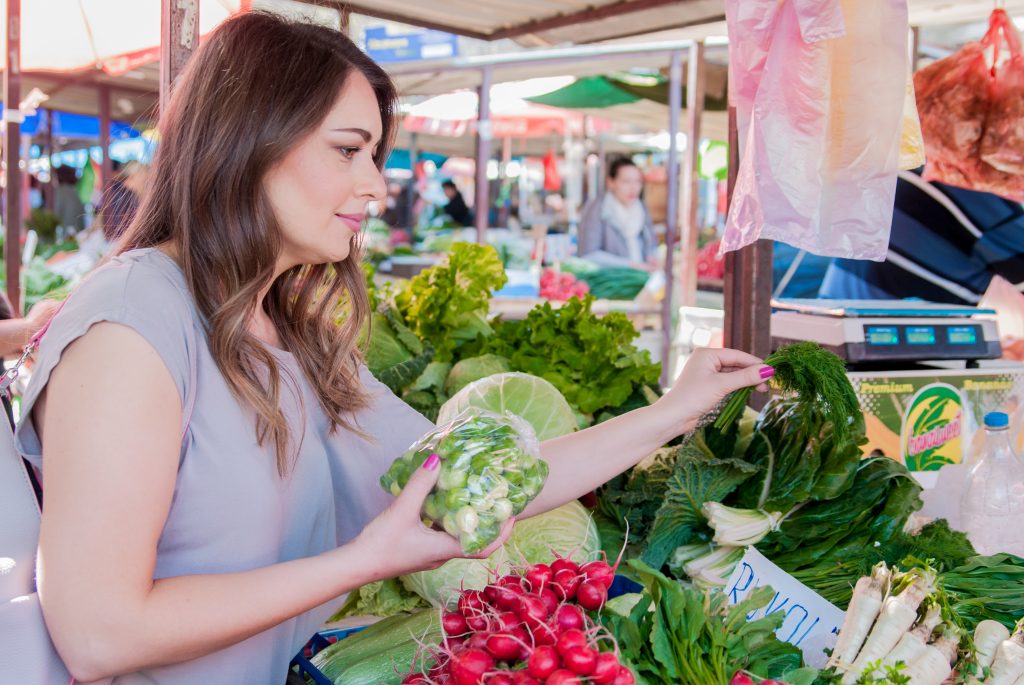With Spring comes a new growing season for fresh fruits and vegetables. While increasing these foods in our diets is very important, how they are grown and produced can influence the overall health benefit. In general, buying organic produce is best, but it can be expensive and not necessary in some cases.
Each year the Environmental Working Group generates a list of the top 12 foods with the most pesticides known as the Dirty Dozen, and 15 foods with the least pesticides called the Clean 15.
This guide is based on data derived from more than 40,900 samples of grocery store produce tested by the USDA and the FDA for chemicals, and provides a good snapshot of pesticide use on crops in America. When shopping for produce it’s helpful to know when it is best to buy organic and when it is OK to buy conventional.
 Overall, the USDA found 225 different pesticide and pesticide breakdown products on fruits and vegetables we eat every day. Studies last year at Harvard showed an association between consumption of foods high in pesticide residue and fertility problems. Another study, published in the December issue of JAMA Internal Medicine, showed a decreased cancer rate with the consuming of organic foods. This study found that among 69,000 participants, those with the highest frequency of organic food consumption had 25% fewer cancersthan those who did not eat organic food.
Overall, the USDA found 225 different pesticide and pesticide breakdown products on fruits and vegetables we eat every day. Studies last year at Harvard showed an association between consumption of foods high in pesticide residue and fertility problems. Another study, published in the December issue of JAMA Internal Medicine, showed a decreased cancer rate with the consuming of organic foods. This study found that among 69,000 participants, those with the highest frequency of organic food consumption had 25% fewer cancersthan those who did not eat organic food.
Children may have a higher risk to pesticide exposure. The American Academy of Pediatrics has cited research that linked pesticide exposure in early life to pediatric cancers, deceased cognitive functioning and behavioral problems.
 Interestingly, the impact of changing to a diet higher in organic foods can have a reasonably rapid effect. Several studies evaluating the impact of an organic diet found that after only six days of eating organic food, both adults and children had an average 60% reduction in levels of synthetic pesticides measured in their urine. This, coupled with the cancer and fertility data, makes choosing which organically produced foods to consume an important part of the grocery shopping routine.
Interestingly, the impact of changing to a diet higher in organic foods can have a reasonably rapid effect. Several studies evaluating the impact of an organic diet found that after only six days of eating organic food, both adults and children had an average 60% reduction in levels of synthetic pesticides measured in their urine. This, coupled with the cancer and fertility data, makes choosing which organically produced foods to consume an important part of the grocery shopping routine.
For those who are trying to avoid pesticides where they can, look to the Dirty Dozen list to see which fruits and vegetables are best to buy organic. When buying produce from the Clean 15 list, you can save money by choosing not to buy organic.
The Dirty Dozen (2019)
|
 |
The Clean 15 (2019)
|
 |

